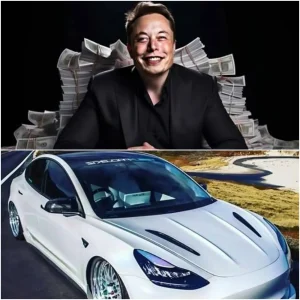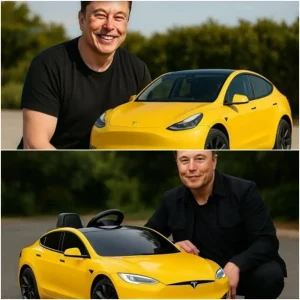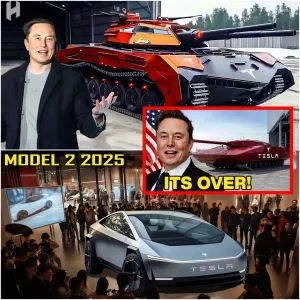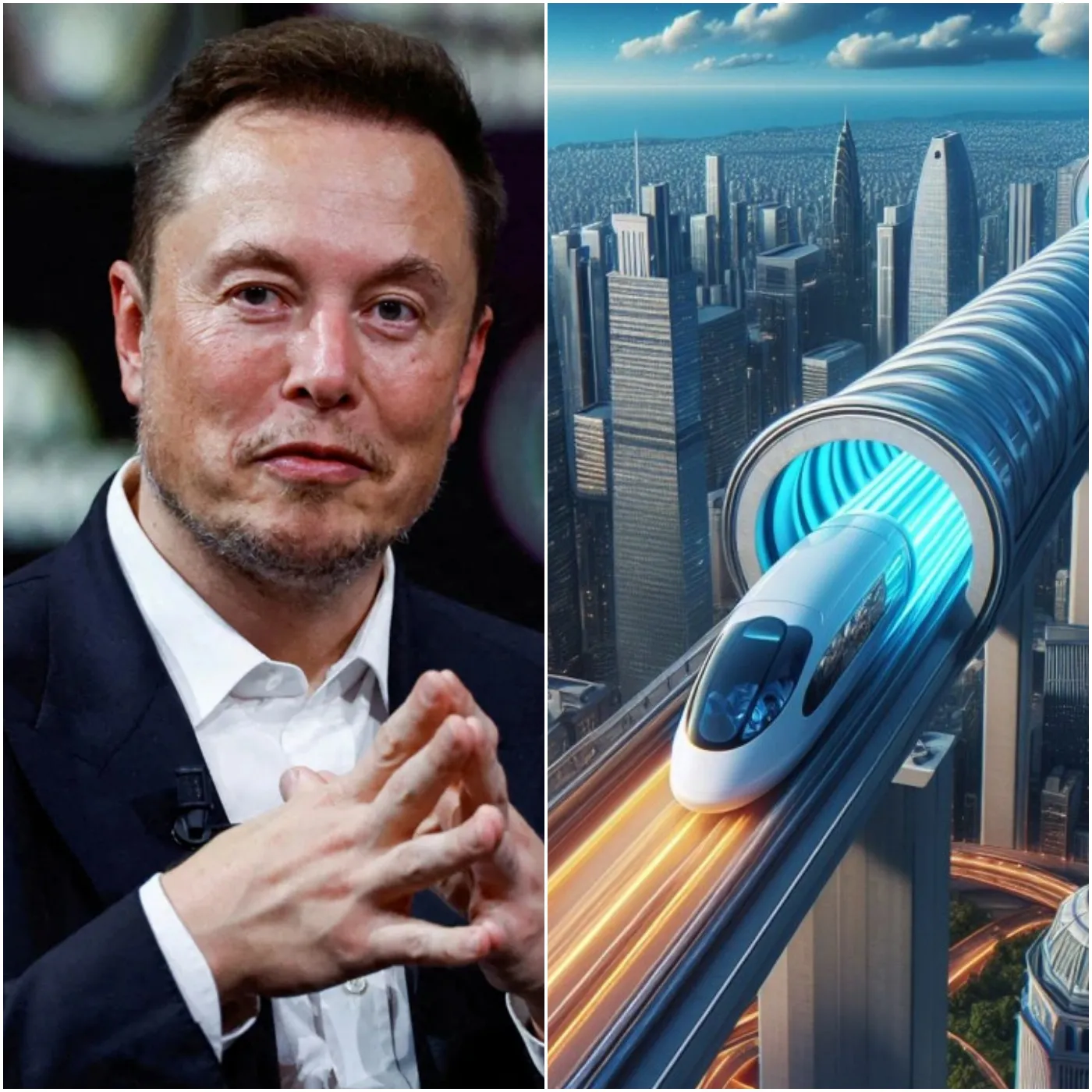
Elon Musk has once again captured global attention with his latest bold claim: the ability to build a $20 billion tunnel that could transport passengers from New York City to London in just 54 minutes. The proposed project, which Musk envisions using advanced hyperloop technology, promises to revolutionize international travel and redefine the boundaries of engineering.
The tunnel would incorporate hyperloop systems, a high-speed transportation method that uses magnetically levitated pods traveling through vacuum-sealed tubes at speeds of up to 4,000 miles per hour. Musk’s vision includes constructing this tunnel beneath the Atlantic Ocean, creating a direct link between two of the world’s most influential cities.
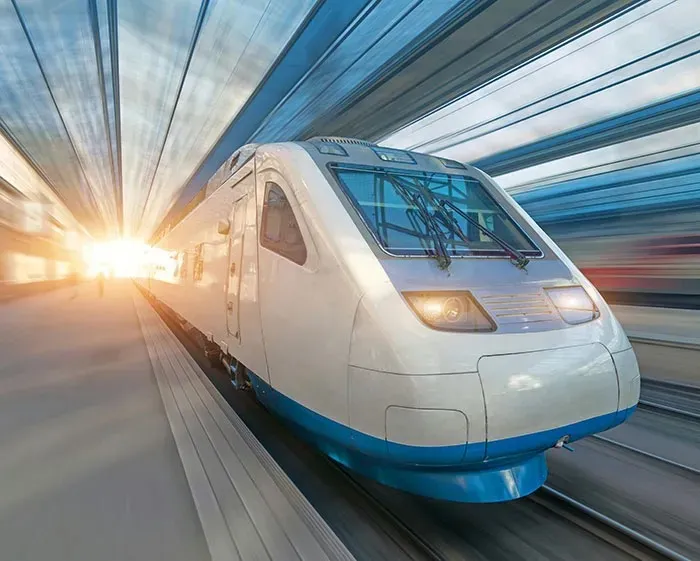
“This project is entirely achievable with today’s technology,” Musk stated in a recent interview. “It’s about taking what we already know and scaling it to meet one of humanity’s greatest transportation challenges.” According to Musk, the $20 billion price tag encompasses the development of the tunnel, hyperloop systems, and associated infrastructure, with a projected timeline of 10 years for completion.
While the concept has sparked excitement, it has also drawn skepticism from experts. Building a transatlantic tunnel of this magnitude would require overcoming extraordinary engineering challenges. Deep-sea construction at such depths would demand new innovations in material science, structural integrity, and safety measures to withstand extreme oceanic pressure and tectonic activity.
Critics have also raised doubts about Musk’s estimated costs. Large-scale infrastructure projects of this nature, such as the Channel Tunnel between England and France, often experience significant budget overruns due to unforeseen complexities. Many experts predict that the final price could far exceed $20 billion.
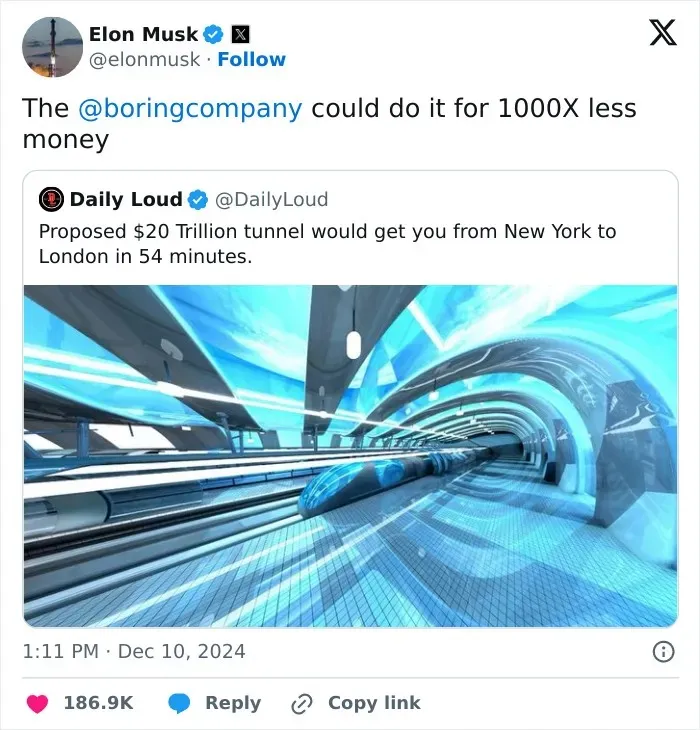
Environmental concerns also add a layer of complexity to Musk’s vision. The construction process could disrupt marine ecosystems, and ensuring the tunnel’s long-term sustainability would be critical to minimizing its ecological footprint.
Despite the challenges, the potential benefits of the project are immense. Reducing the travel time between New York City and London from seven hours by plane to just 54 minutes would not only transform the tourism and business sectors but also create unprecedented opportunities for economic and cultural exchange. The hyperloop system’s reliance on renewable energy could also provide a greener alternative to traditional air travel, contributing to the fight against climate change.
Public response to Musk’s proposal has been mixed. Admirers of the billionaire entrepreneur point to his track record of delivering on ambitious projects, such as Tesla’s electric vehicles and SpaceX’s reusable rockets, as evidence of his ability to turn visionary ideas into reality. Skeptics, however, warn that the technical and financial hurdles of this project could prove insurmountable.

Musk has called for collaboration with governments, private investors, and scientific institutions to make this vision a reality. Whether the project comes to fruition or remains a bold concept, it represents Musk’s unrelenting drive to push the limits of innovation.
For now, the world watches with curiosity and anticipation, wondering whether Musk’s plan to connect New York and London in under an hour will one day become a groundbreaking achievement—or remain an ambitious dream.
